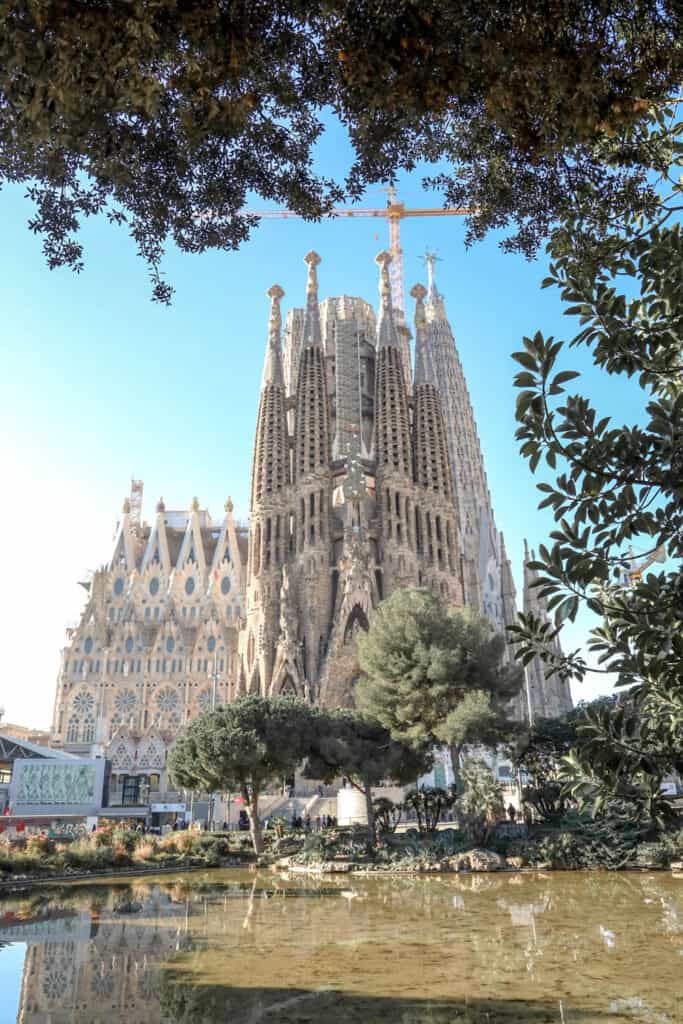

Barcelona, Spain is a city bursting with vibrant culture, captivating architecture, and artistic treasures at every turn—making it tough to narrow down exactly what to do during your visit. To help you make the most of your time in this stunning coastal destination, I’ve created a curated guide featuring the best experiences Barcelona has to offer. Whether you’re an art enthusiast eager to explore Antoni Gaudí’s surreal masterpieces, a cultural explorer fascinated by Catalan traditions, or a seasoned traveler chasing the charm of historic neighborhoods, Barcelona has something unforgettable waiting for you.
From the sun-soaked beaches of Barceloneta to the bustling tapas bars of El Born, each corner of this city offers its own unique energy and story. Prepare to get lost in the colorful corridors of Park Güell, take in the grandeur of La Sagrada Família, and unwind with a glass of sangria as the sun sets over the Mediterranean. This guide is your key to unlocking the magic of Barcelona—one memorable experience at a time.
Where is Barcelona in Spain?
Table of Contents
Barcelona is a vibrant coastal city located in the northeastern region of Spain, nestled along the Mediterranean Sea. As the capital of the autonomous community of Catalonia, Barcelona is not only one of Spain’s most culturally rich cities but also its second-largest, after Madrid. Known for its unique blend of historic charm and modern innovation, Barcelona offers a dynamic mix of Gothic architecture, world-renowned art, and contemporary design—all set against a scenic seaside backdrop.
Geographically, its position on the Mediterranean coast makes it an ideal year-round destination, offering a mild climate, beautiful beaches, and easy access to both the mountains and the sea. Whether you’re wandering through the medieval streets of the Gothic Quarter or admiring the surrealist works of Antoni Gaudí, Barcelona’s setting and spirit make it one of Europe’s most captivating cities.
When is The Best Time to Visit Barcelona?


Barcelona experiences mild winters and hot, humid summers. While summer is traditionally the most popular time to visit European cities, I recommend planning your trip between January and March. During these months, tourism is at its seasonal low, allowing you to explore the city’s iconic landmarks and charming neighborhoods without the crowds. It’s the perfect time to enjoy a more relaxed and authentic Barcelona experience.
One thing to keep in mind—sunrise doesn’t occur until around 8:30 a.m. during these winter months, so plan your early activities accordingly. Personally, we visited in January and loved how quiet everything was and only needed a light winter jacket in order to explore comfortably.
Fun Things to Do in Barcelona
While all opinions and recommendations are always my own, my content on this blog post may contain affiliate links for hotels I’ve traveled to, tours I’ve completed, and products I recommend. This means I get a small commission (at no additional cost to you) if you book a stay or purchase a product after clicking one of these links. As always, I am so thankful for your support so I can continue to offer free resources!
Visit La Sagrada Familia


La Sagrada Família is one of the most iconic landmarks in all of Spain—and one of the most extraordinary churches in the world. Construction began in 1882, and while it remains famously unfinished, its beauty is nothing short of breathtaking. The basilica was the life’s work of Antoni Gaudí, the visionary architect who has left his mark all across Barcelona. In designing La Sagrada Família, Gaudí masterfully blended three architectural styles: Art Nouveau, Catalan Modernism, and Spanish Gothic. The result is a one-of-a-kind structure that feels both timeless and otherworldly.
Every element of the church is infused with deep religious symbolism. The three façades—Nativity, Passion, and Glory—each depict a different chapter in the life of Jesus Christ. From the ornate carvings and intricate sculptures to the way light pours through the stained-glass windows, every detail has spiritual meaning and artistic purpose. It’s a place that stirs the soul and leaves a lasting impression.
To truly appreciate the complexity and significance of La Sagrada Família, I highly recommend booking a guided tour (we used Viator and had a great experience). A knowledgeable guide will walk you through Gaudí’s vision, point out hidden symbols, and explain the ongoing construction that continues to this day. It’s not just a visit—it’s an unforgettable journey through faith, art, and history.
Palau de la Musica


One of Barcelona’s most stunning cultural landmarks, the Palau de la Música Catalana is a must-visit for architecture and music lovers alike. Completed in 1908 and declared a UNESCO World Heritage Site in 1997, this concert hall is a shining example of Catalan modernism at its finest. Designed by architect Lluís Domènech i Montaner, the Palau celebrates the movement’s defining features—favoring flowing curves over rigid lines and drawing heavy inspiration from nature. From floral mosaics to stained-glass skylights and intricate ironwork, every detail is designed to evoke beauty, harmony, and creativity.
But the Palau is more than just visually striking—it’s also acoustically exceptional. Renowned for having some of the best acoustics in the world, this venue hosts a wide range of performances, from classical concerts to contemporary shows, all of which are elevated by its rich sound quality. We were fortunate enough to attend a live performance during our visit, and the combination of the music, the ambiance, and the jaw-dropping interior made for an unforgettable experience.
If you’re planning a trip to Barcelona, be sure to check the event schedule in advance—catching a performance here is truly magical and offers a deeper appreciation of the city’s vibrant cultural scene.
Casa Batllo

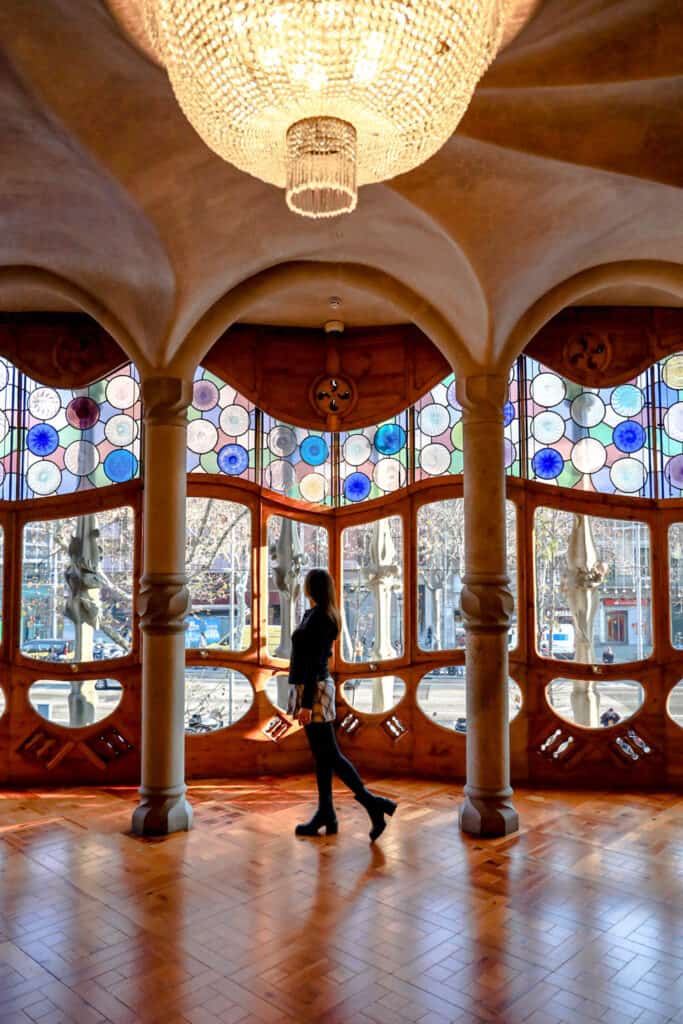
Aside from the Palau de la Música, one of my absolute favorite places we visited in Barcelona was Casa Batlló. Designed by the legendary Antoni Gaudí, this private residence was commissioned by the Batlló family (pronounced bat-Leo), who gave Gaudí complete creative freedom—and he truly delivered a masterpiece. The result is one of the most whimsical, imaginative buildings I’ve ever stepped inside. Walking through Casa Batlló felt a bit like stepping into a fairytale or a scene from Disneyland, thanks to its playful curves, vibrant colors, and dreamlike atmosphere.
The attention to detail is incredible. One of the highlights for me was the front room’s stained-glass windows—they’re nothing short of a work of art, casting beautiful light patterns throughout the space. And don’t miss the rooftop! It offers sweeping views of the city and features Gaudí’s signature mosaic chimneys and dragon-like forms, which are just as fascinating up close as they are from afar.
Without spoiling anything, I’ll just say this: be sure to stay until the end of the tour. There’s a truly immersive and unexpected experience waiting that ties everything together in such a magical way. Casa Batlló isn’t just a visit—it’s a journey into Gaudí’s wild imagination, and one you won’t want to miss. Finally, booking your tour in advance is highly encouraged.
Park Güell

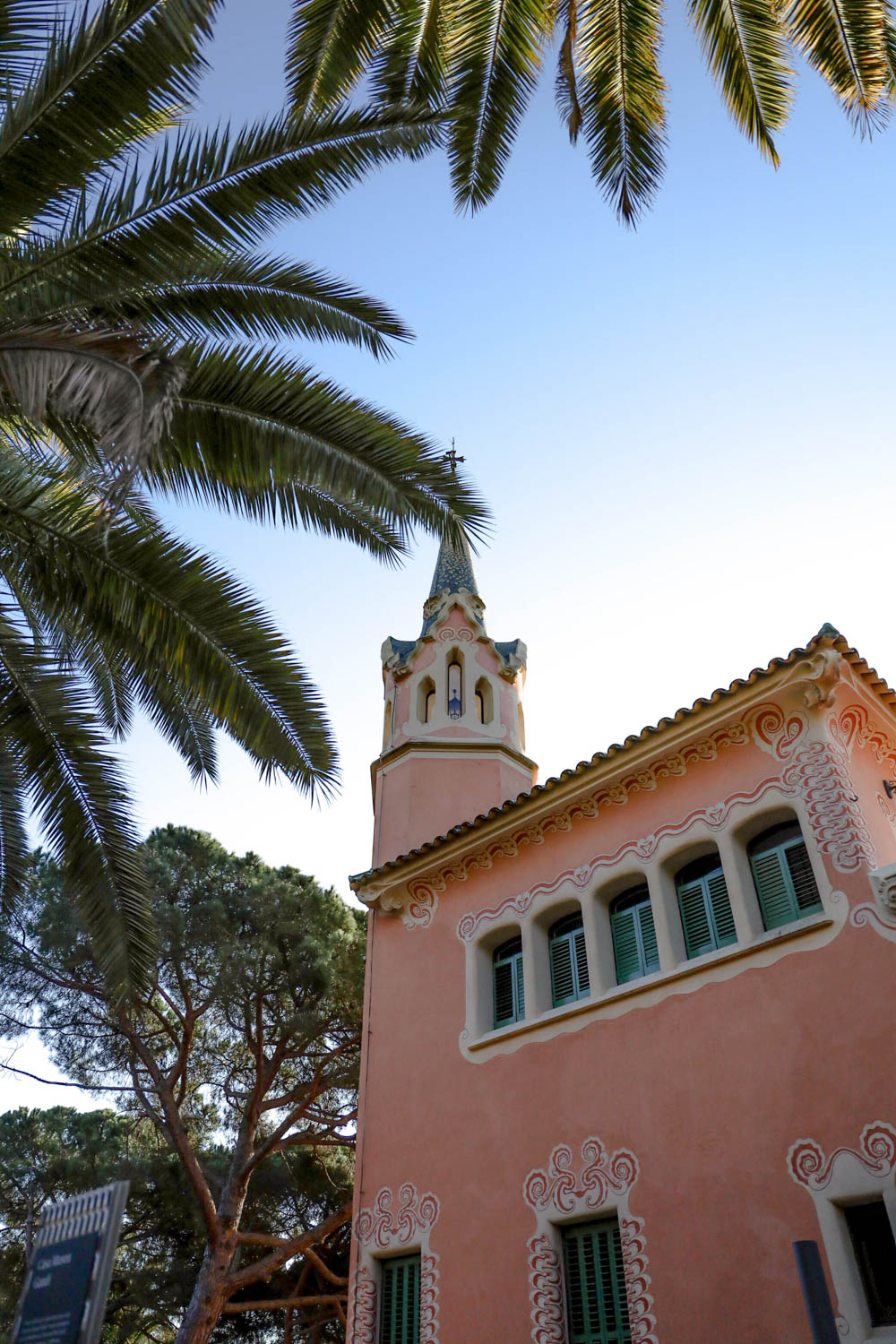

Park Güell is one of Barcelona’s most iconic and colorful landmarks, perched on a hillside with sweeping views of the city below. Originally intended to be a private residential community, the project was launched in 1899 when entrepreneur Eusebi Güell purchased the land and commissioned Antoni Gaudí to design the space. Although the residential plan never fully materialized, what remains is an enchanting public park filled with whimsical architectural elements that reflect Gaudí’s deep connection to nature.
Gaudí, who lived in one of the houses within the park for several years, infused every corner of Park Güell with organic forms, curved lines, and natural symbolism. True to his signature style, you’ll find very few straight lines here. From colorful mosaic benches and gingerbread-like gatehouses to winding stone pathways and the iconic dragon fountain at the entrance, the entire park feels like stepping into a surreal, storybook landscape. It can get very busy during high season so make sure to book your tickets in advance!
Travel Tip: If photography is a priority, I recommend booking an afternoon time slot. The morning light can be harsh and create strong shadows that make it challenging to capture the vibrant colors and intricate details. Visiting later in the day provides softer lighting and a more enjoyable atmosphere for wandering, relaxing, and taking in the views.
Visit the Arc de Triomf

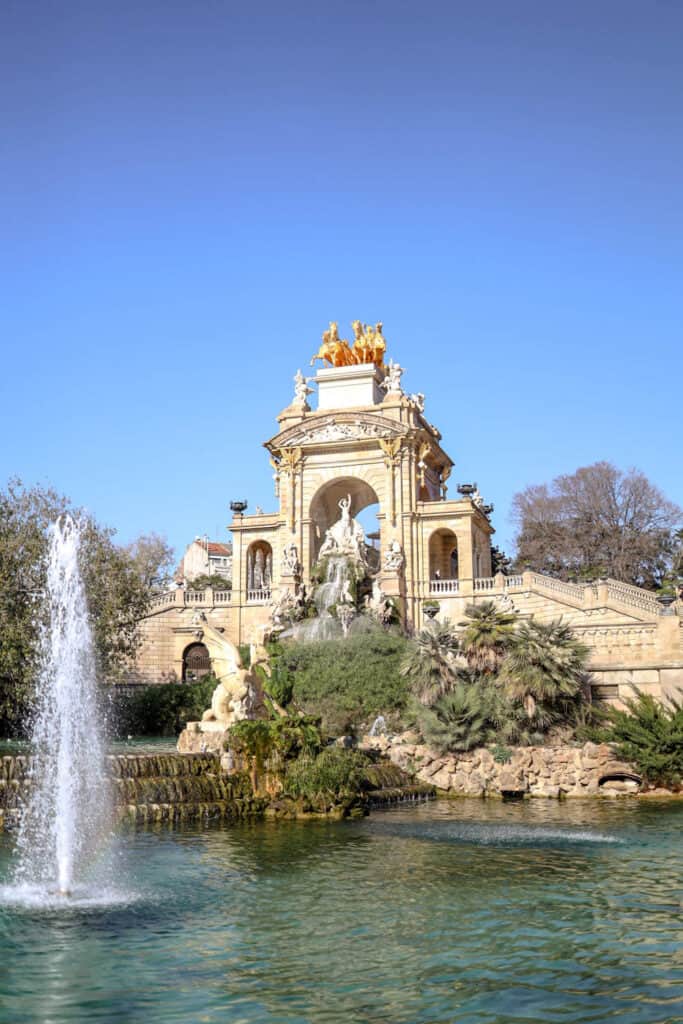
The Arc de Triomf is one of Barcelona’s most striking landmarks, built in 1888 as the grand entrance to the Barcelona World Fair. Located at the head of a wide pedestrian promenade leading to Ciutadella Park, this impressive red-brick archway is a stunning example of Moorish Revival architecture, standing out with its warm tones and elaborate detailing.
Surrounded by palm trees, open space, and lively street performers, it’s the perfect spot to pause, soak in the atmosphere, and admire the structure’s grandeur. Be sure to walk right up to it—the intricate carvings and decorative sculptures are truly remarkable up close and showcase the artistry that went into its design. Whether you’re snapping a photo or simply enjoying the view, the Arc de Triomf offers a beautiful glimpse into Barcelona’s architectural charm and cultural history.
Explore Ciutadella Park
For so long, Ciutadella Park was the only green space in Barcelona. Consider it an oasis surrounded by the city. Housed in the park are several attractions: the Barcelona Zoo, the Catalan Parliament, and the Museum of modern art. You can picnic, relax, rent a rowboat, or just take in the beauty that is Ciutadella Park. Whatever you do, make sure to visit the stunning fountain!
Recinte Modernista de Sant Pau
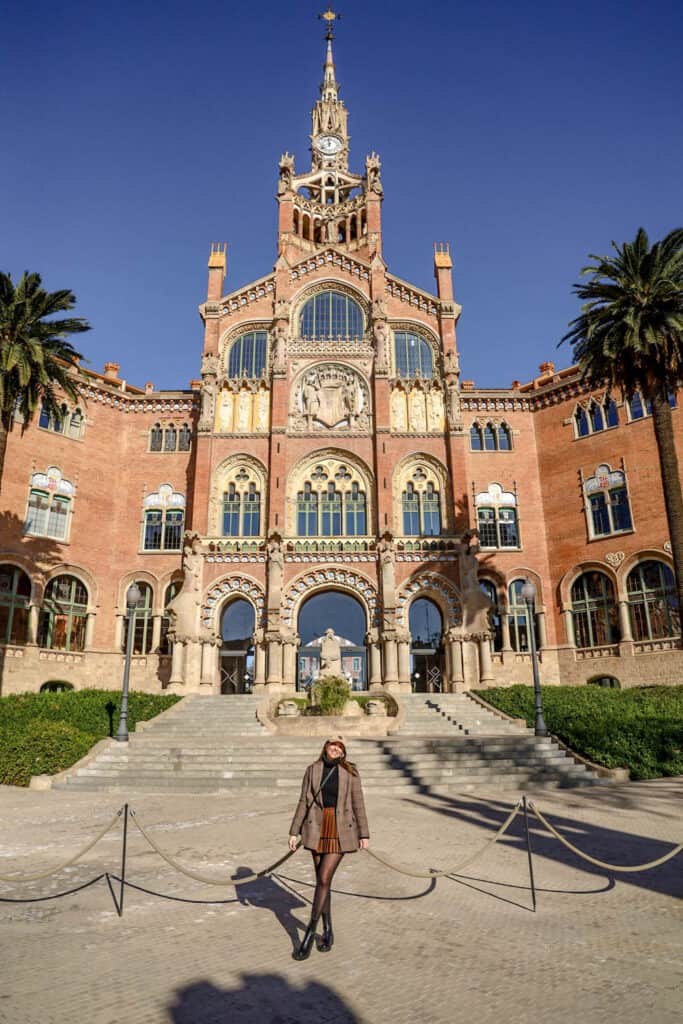

The Recinte Modernista de Sant Pau (Modernist Site of Sant Pau) is a stunning complex of modernist buildings. Designed by the renowned Catalan architect Lluís Domènech i Montaner. This architectural masterpiece was constructed between 1902 and 1930, originally serving as a state-of-the-art hospital and healthcare center.
Today, the site functions as a museum and cultural space. Sprawling across more than 27 acres. It features 27 beautifully restored pavilions arranged in a thoughtful grid layout, connected by wide avenues and surrounded by lush gardens and green spaces. This harmonious blend of nature and architecture makes Sant Pau a peaceful oasis and a true hidden gem in Barcelona. It’s perfect for those looking to explore beyond the city’s more crowded attractions.
Placa Reial


One of the most famous and picturesque squares in Barcelona is Plaça Reial (Royal Plaza), located in the heart of the historic Gothic Quarter and just steps away from the bustling tourist hotspot, Las Ramblas. Known for its vibrant atmosphere, Plaça Reial features a stunning central fountain and iconic street lamps designed by the legendary architect Antoni Gaudí, adding a unique artistic touch to this lively public space.
Plaça Reial is an ideal spot to enjoy a meal or simply soak in the local ambiance. During our visit, we had an affordable and delicious three-course lunch with wine included for just €12 at Les Quinze Nits, a popular restaurant right on the square. While the food was solid, it was really the energetic vibe and beautiful surroundings that made the experience unforgettable. If you’re planning to explore Barcelona’s Gothic Quarter, Plaça Reial should definitely be on your itinerary!
Barcelona Cathedral


Constructed in the 13th and 15th centuries this icon is a Gothic treasure. The intricacies of the interior were simply stunning! Included in your ticket price is a visit to the rooftops. This was the best part (especially since you take an elevator to the top, no stairs!)! It’s included in the ticket and best experienced for sunset. You can visit this cathedral during the week from 10 am to 6:30 pm and on the weekends from 10 am to 5 pm (tickets are 9€). We booked our tickets the day of, no need to pre-book this one.
Pont del Bisbe (Gothic Quarter)
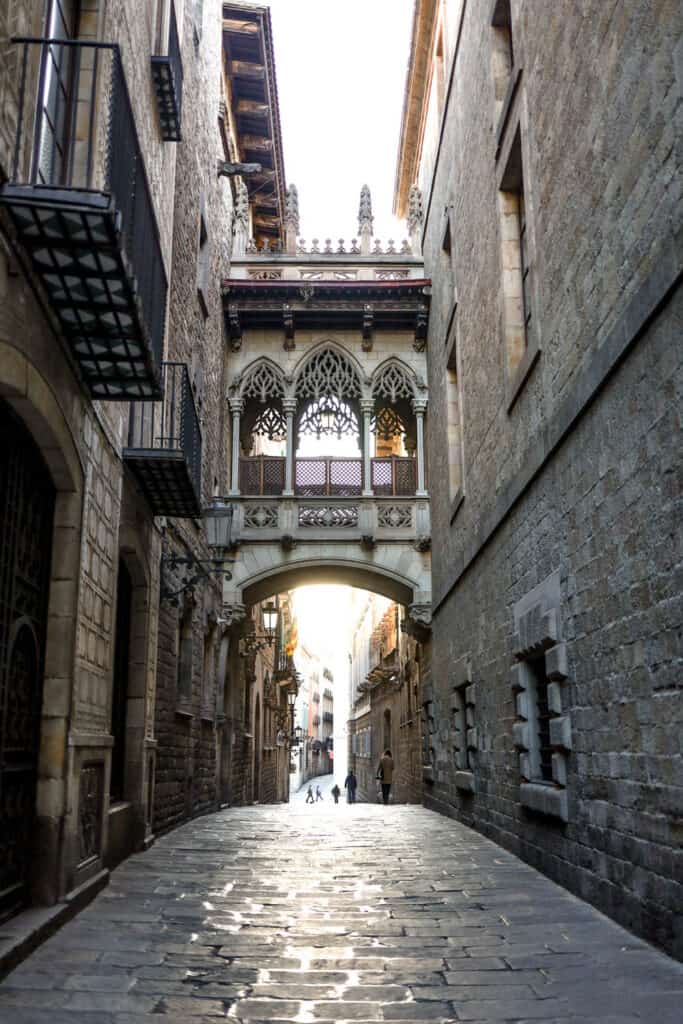

Also located in the Gothic quarter is Bishop’s Bridge also known as Pont del Bisbe. One of the most photographed sites in Barcelona this place is most beautiful at sunrise when the light shines through the bridge. Finally, it’s quite difficult to photograph but if you play around with your settings and angles, the outcome will be *chefs kiss*.
Parc de Montjuic


Montjuic is an expansive park located in Barcelona’s city center. It has many attractions including the Montjuic Castle, cable cars, the magic fountain of Montjuic, and the national art museum. What many people don’t realize is it’s extremely hilly. So you can best explore this park by taking a round-trip cable car (from the metro station you can take a funicular straight to the cable car entrance) up to visit the Montjuic castle. We then walked down to the magic fountain, which was under renovation and will be open in the summer (February 2022). Finally, check out fundació Joan miró which is the Museum of modern art.
Montjuic Castle: old military fortress dating back to the 17th century. It has panoramic views of Barcelona and the entrance is 5€.
Magic Fountain of Montjuic: Sadly this was under renovation when we visited (January 2022) but it typically runs shows choreographed to music during the summer months (every 15 minutes). And is a free experience!
National Museum of Modern Art: entrance 12€
Montjuic Cable Cars: 14€ round trip
Fun Things to Do in Barcelona: Eat at La Boqueria Food Hall (Las Ramblas)
La Boqueria is a lively and bustling food market filled with a wide variety of specialty stalls. Here, you’ll find everything from fresh olives, seafood, fruits, and meats to an incredible selection of cheeses—and my personal favorite, delicious artisanal chocolates! The market is open Monday through Saturday, from 8 a.m. to 8:30 p.m., and offers reasonably priced options, making it a fantastic spot to grab a fresh and flavorful lunch while soaking in the vibrant atmosphere.
Just outside La Boqueria lies Las Ramblas, one of Barcelona’s most famous—and busiest—tourist areas. While it’s iconic and worth a quick stroll, much of the shopping here tends to be geared towards visitors, with many souvenir shops and commercial stalls. In my opinion, you don’t need to spend too much time here unless you really enjoy that kind of lively tourist scene. But if that’s your vibe, by all means, dive in and explore!
Grab Cocktails at the Ayre Hotel


For one of the most stunning and iconic views of La Sagrada Família, head to the rooftop lounge at the Ayre Hotel Rosellón. This spot is somewhat of a hidden gem—well-loved by locals and visitors alike—but gaining popularity quickly. To secure your place at this chic cocktail lounge, reservations are a must. They open bookings seven days in advance, so especially during the busy summer months, be prepared for a bit of a scramble to snag a coveted spot.
And here’s a crucial tip: don’t make the same mistake we did by heading to the wrong Ayre Hotel. The rooftop bar with the unbeatable views is located at AYRE HOTEL ROSELLÓN, right across from La Sagrada Família. Trust me, the breathtaking panorama and expertly crafted cocktails make it absolutely worth the effort!
El Nacional Food Hall
El Nacional Food Hall is a gourmet food market located in the heart of Barcelona, Spain. Housed in a beautifully restored 19th-century building, the food hall offers visitors a unique culinary experience with a selection of high-quality local and international food and drink. It’s a higher-end food hall than La Boqueria the El Nacional food hall. There are multiple tapas and seafood restaurants to choose from. It reminded me of Eataly in NYC. Finally, It’s a perfect place for a casual dinner.
Bunkers del Carmel
High above the bustling city sits Bunkers del Carmel. A handful of old underground military bunkers were built for the Spanish Civil War. Lastly, this spot boasts panoramic views of the entire city and is known as one of Barcelona’s best-kept secrets.
Admire All of Gaudi’s Architectural Buildings


As mentioned previously, Antoni Gaudi was a notable architect in Barcelona whose most famous work is La Sagrada Familia. His creations are scattered about the city from residential buildings to museums and an entire park (Park Guell). His signature style can be characterized as freedom form. Lots of colors, textures, and uniqueness. The Catalan people are so prideful of his work, and rightfully so, he was a mastermind!
Finally, I’m here is a full list of all the Gaudi buildings that you can visit around BCN:
- Casa Milà
- Casa Calvet
- La Sagrada Familia
- Casa Batllo
- Palau Guell
- Casa Vicens
- Guell Pavillions
- Park Guell
Indulge in Tapas
Tapas are small plates of food (think appetizers) that are the signature Spanish cuisine. They range from hot plates to cold plates, seafood, and cheeses. The most famous dish is patatas bravas which is spicy potatoes sometimes covered in cheeses. In order to truly experience Spain, you must have a meal of only tapas and wine. My best advice would be to stumble upon a place. Because there are tapas restaurants on every corner in Barcelona!
Other Fun Things to Do in Barcelona
- Take a cooking class
- See a Futbol game at Camp Nou
- Take a walking tour of the city
- Day Trip to Costa Brava
- Book a Bike Tour
Where to Stay in Barcelona?
Barcelona offers a variety of options for accommodation, depending on your budget and preferences. Here are some popular areas to consider when deciding where to stay in Barcelona:
- Gothic Quarter: This historic neighborhood is located in the heart of the city and features narrow, winding streets and charming plazas. It’s a great option for those who want to be close to the city’s main attractions, such as the Cathedral and the Picasso Museum.
- Eixample: This area is known for its modernist architecture and wide, tree-lined avenues. It’s a popular area for shopping and dining, and it’s within walking distance of many of Barcelona’s top attractions.
- El Born: This trendy neighborhood is located just next to the Gothic Quarter and is known for its narrow streets, artisanal shops, and fashionable bars and restaurants. It’s a great option for those who want to be close to the city center but also want to experience a more modern, trendy side of Barcelona.
Best Barcelona Hotels


Kimpton Vividora Hotel: Nestled in the heart of the historic Gothic Quarter, this boutique hotel offers an unbeatable location just steps from some of Barcelona’s most iconic sights. Its standout feature is a stunning rooftop terrace with panoramic views of the majestic Barcelona Cathedral, perfect for relaxing evenings. Plus, there’s a small pool to cool off after a day of exploring the city’s winding medieval streets. Book your stay here!
Cotton House Hotel: Situated centrally, this elegant hotel is housed in a beautifully restored early 20th-century building that once served as a textile factory. The architecture blends modern luxury with classic charm, offering guests a unique glimpse into Barcelona’s industrial and fashion heritage, all while enjoying top-notch amenities and sophisticated style. Book your stay here!
Almanac Hotel: Located in the vibrant Eixample district, the Almanac combines contemporary design with warm, welcoming service. Its chic interiors, comfortable rooms, and prime location make it an excellent choice for travelers seeking a blend of modern luxury and easy access to Barcelona’s cultural highlights. Book your stay here!
Fun Things to Do in Barcelona: How to Get around BCN?
Barcelona is a very walkable city but in order to get to most museums, I recommend taking the metro. It’s extremely easy to navigate, affordable, and super clean. Coming from someone that rides the NYC subway the TBA was a delight! We purchased a 10-journey pass for 11€.
You could also get around with the rideshare app “Cabify” (they have Uber as well but it’s not used as much). Finally, the taxis are very affordable and they all take credit cards. In conclusion. it’s easy to get around Barcelona and my pick is the metro!
Trip Price Breakdown
This came highly requested by my community on Instagram. So as promised, I’m sharing an exact breakdown of what we spent while traveling to Barcelona. Please note that this was for a 5-day/5 night trip and this was back in January 2022.
- Flights: SAN to BCN $1388 (two people $700 each)
- Hotels: $1900 (average $380 a night)
- 3 of the nights were a junior suite at Kimpton Vividora. Highly recommend!
- Metro Card: 11€ for ten journey pass
- Coffee (including lattes): 2€
- Meal Average Lunch: 11€ per person (including wine)
- Meal Average Dinner: 15-18€ per person (including wine)
- Taxis to and from the airport (4 trips total): $150 ($35-$45 average)
- Museums, Entrance Fees, Tours: $250 for two people ($125 per person)
- we only did one guided tour of the Sagrada Familia and the rest were simply entrance fees with audio guides.
- In total, we spent roughly $4500-$5000 for a 5-day/5 night trip
As you can see, Barcelona is a highly affordable city. The accommodation price will increase if you book during the summer months (we visited in January).
So, have I convinced you to add Barcelona to your travel list yet? With this Ultimate City Guide: 20 Fun Things to Do in Barcelona, you’re all set to experience the best this vibrant city has to offer—and I promise you won’t regret it! Thanks so much for reading, and if you have any questions or need tips, feel free to drop a comment below—I’d love to help you plan your perfect trip. Don’t miss more of my European Travel Guides including my favorite add on to a Barcelona trip, 2 Days in Seville.
XO,
Courtney

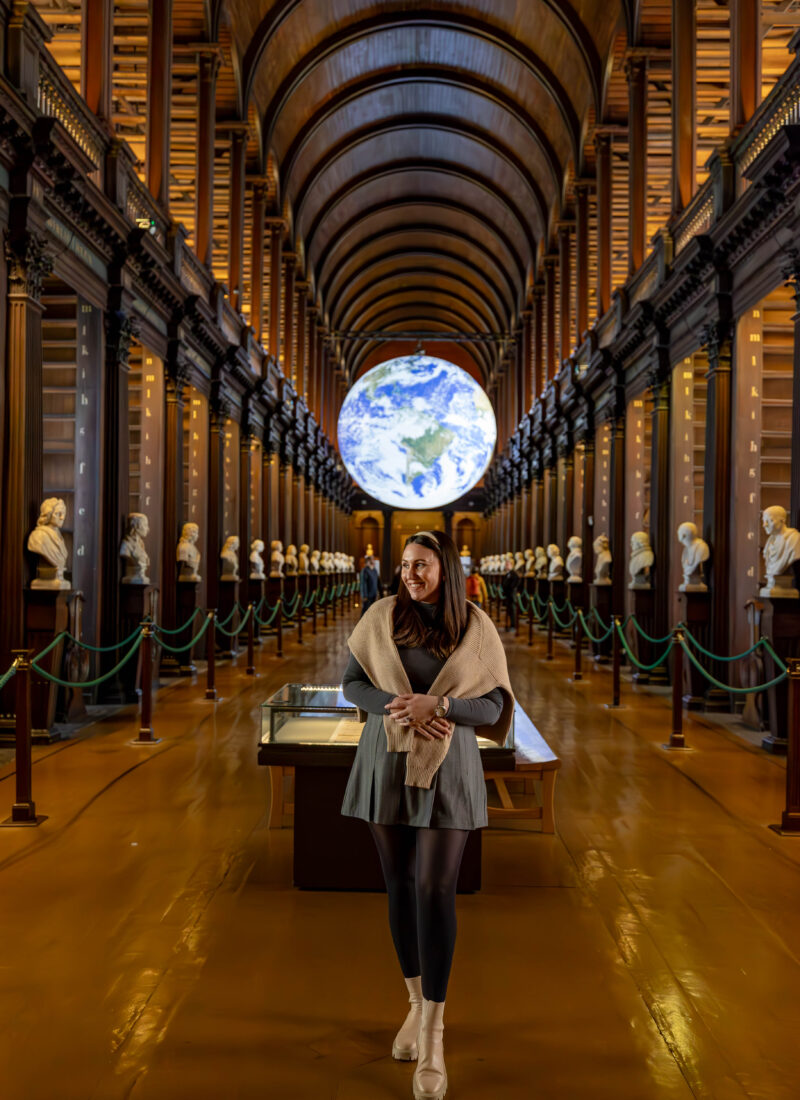
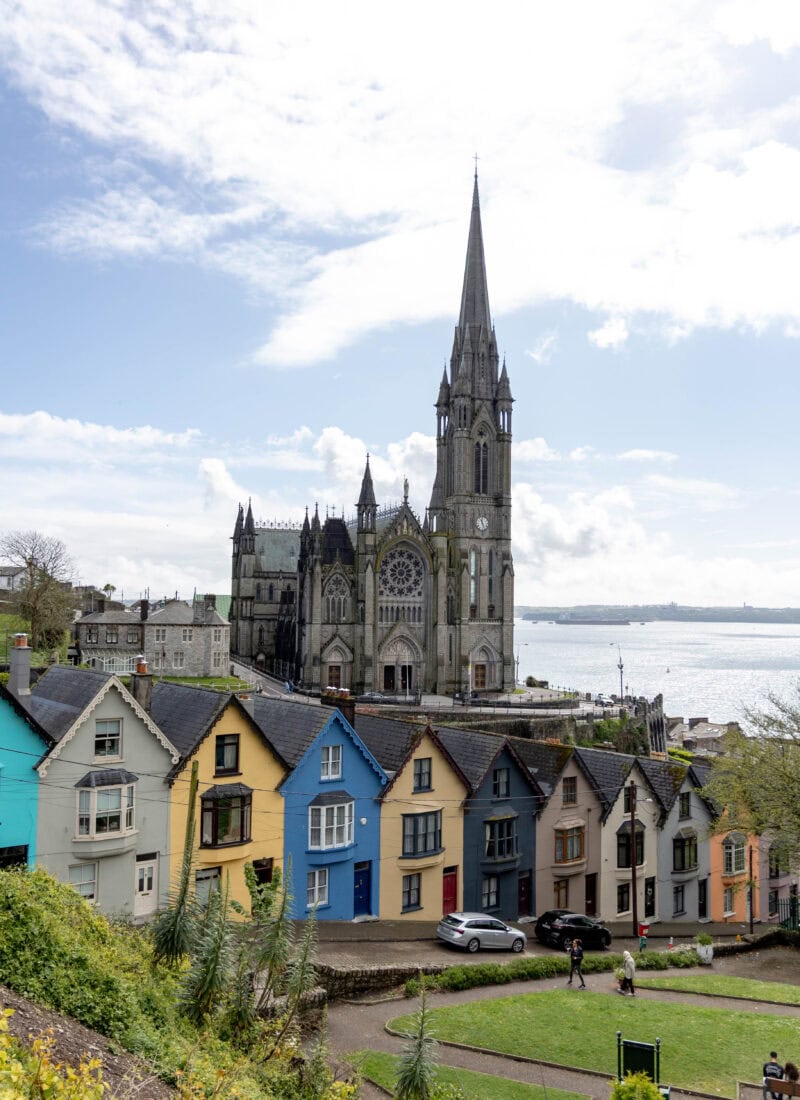


Leave a Reply